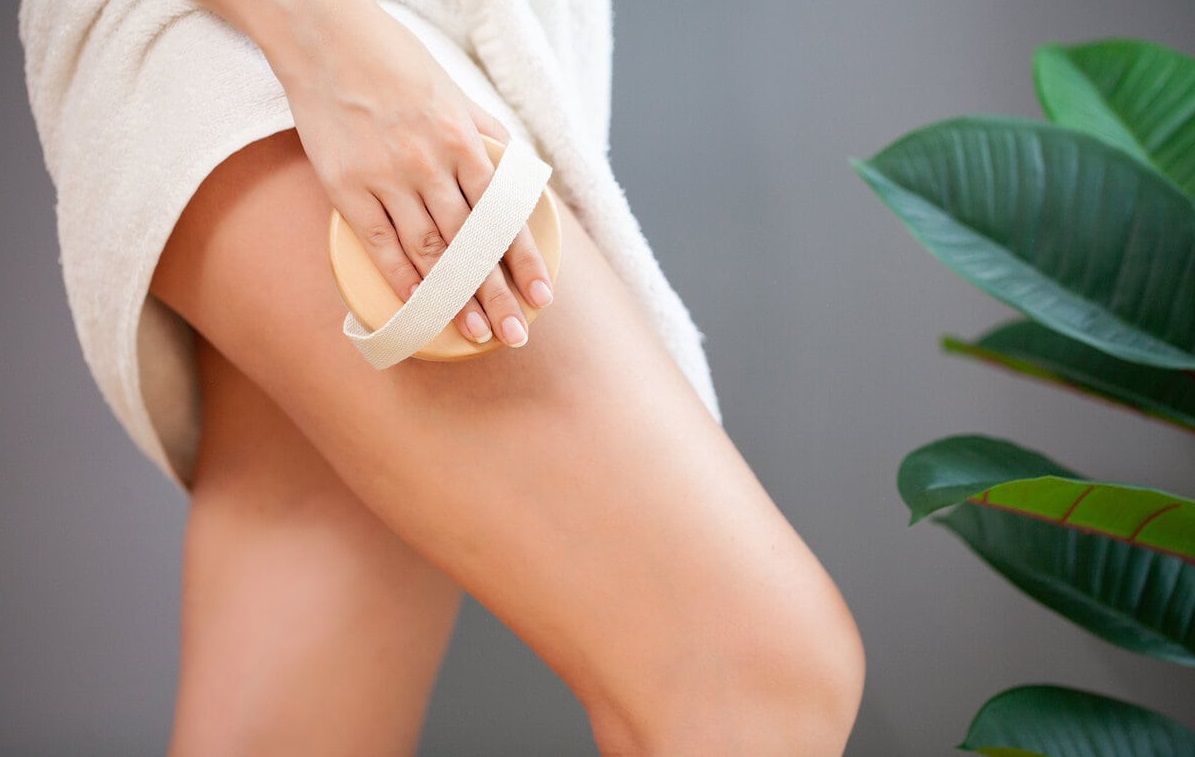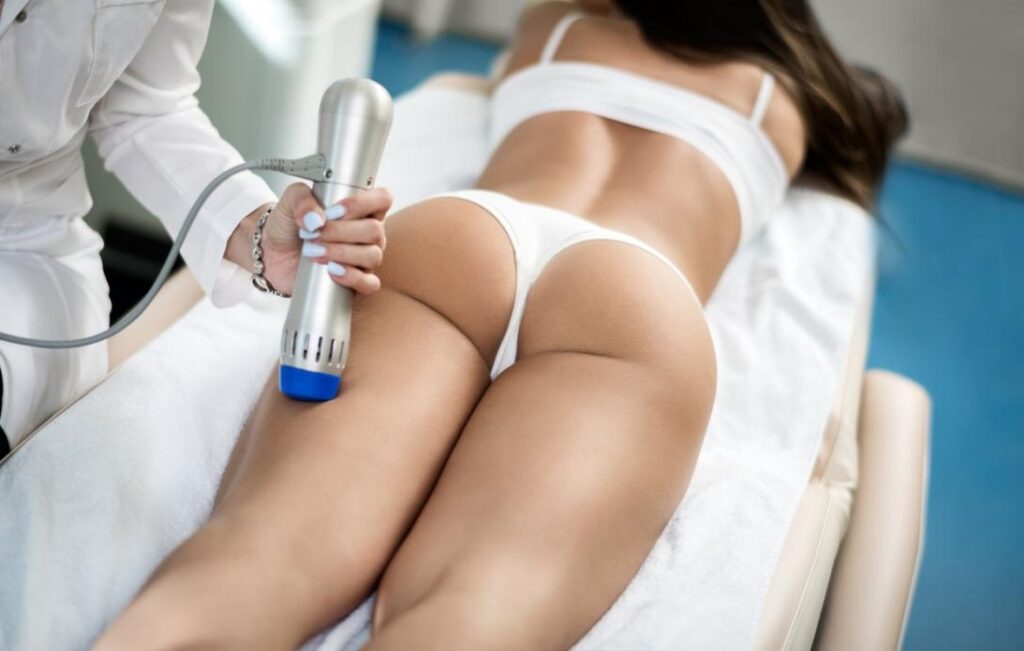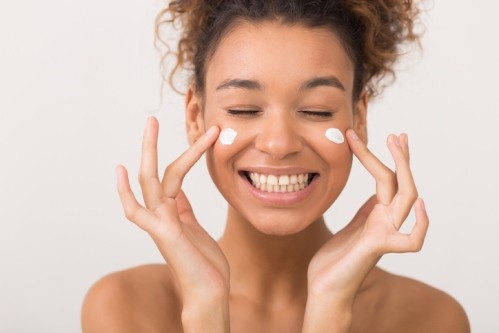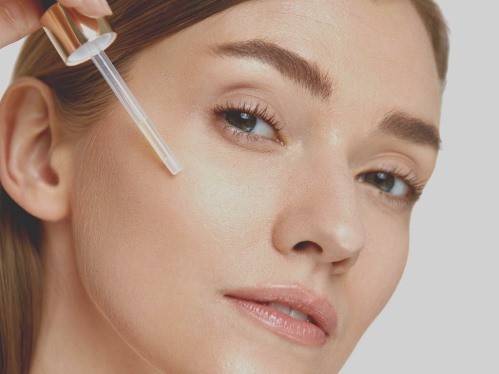
There are different types of cellulite and each of them has its own specifics. Let’s find out together how to recognize the different types of cellulite and what are the best ways to deal with orange skin.
We all (or almost all) have cellulite, but not all of us, it manifests itself in the same way. There are different types of cellulite that are easily recognized by careful observation of the skin.
Cellulite is caused by changes in the fat cells located in the subcutaneous tissue. These cells are useful because they accumulate “spare” lipids to satisfy the body when it needs energy, but they can undergo changes that cause an increase in size, but also a delay in microcirculation and water retention. Cellulite usually affects the legs and buttocks, but it can also appear on the thighs and abdomen.
Depending on the type of cellulite – edematous, fibrotic or sclerotic – it is possible to be affected by medicinal products that, when applied consistently, prove to be effective.
As good as anti-cellulite products are, remember that the most effective way to deal with cellulite is to adopt a healthy lifestyle that includes exercise and a proper diet.
There are many reasons for the appearance of cellulite, from hormonal imbalance and a sedentary lifestyle to smoking, poor diet and genetic predisposition. Regardless of the different types of cellulite, the means that can be used are the same: from regular physical activity to the so-called anti-cellulite diet and cosmetic treatments. However, knowing the different types makes it easier to intervene effectively. Here are the types of cellulite and how to recognize and best treat them.
Edema cellulitis
The first type of cellulite is edematous or adipose cellulite – this is the mildest stage of cellulite. It manifests itself only by putting pressure/pinch on the skin. Its appearance is most often related to too drastic diets, hormonal factors, and genetic predisposition, but it can also appear as a consequence of smoking, alcohol use, too sedentary life, and even the use of too tight clothes.
Edema cellulite can also be a consequence of an apparently trivial habit – such as crossing the legs. Affecting this type of cellulite is relatively easy. Consuming draining drinks and generally drinking a lot more water, eating right and regularly using anti-cellulite creams are measures that can be enough to stop the further development of cellulite.
Fibrous cellulitis
In fibrous cellulite, the skin appears visibly “thickened” and the orange peel effect is always present.
The triggering factors are the same that lead to the appearance of edematous cellulitis, but in this case there is the presence of serious inflammation of the tissues.
In simple words, a mechanism is triggered that experts define as glycation: the glycotoxins that arise from this phenomenon affect the natural collagen in the skin tissue and lead to the formation of small nodules.
The products to be applied are the same, but even more so in this phase it is important to be constant with physical activity and to be very careful about nutrition. More advanced aesthetic procedures, such as lymphatic drainage massage or pressotherapy, can be of great benefit.
Sclerotic cellulitis
Sclerotic cellulitis is an advanced form of the imperfection. The skin is “hard” and not very elastic. In addition, there is significant water retention under the skin, as well as poor tissue oxygenation due to microcirculation malfunction. Even pain is felt when touching the affected areas.
The different means of treatment to be applied – from physical activity to advanced aesthetic procedures – require in this case a longer duration and a greater consistency in order to observe effective and visible improvements.
Remember that cellulite is not a disease, but a very common physiological condition. It affects men and women of all ages and body types. It does not necessarily condition our lives, but knowing its nature and characteristics can help improve this imperfection, especially when and if it is a cause of discomfort.




